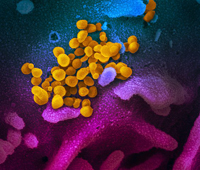As human beings, by simple virtue of existing in the world, we are in a constant state of aesthetic appraisal. We engage reality in a dialogue through the use of our senses, perceiving external stimuli and assigning values to each input (whether consciously or not) through a reward mechanism. Of particular interest is the way in which this mechanism is employed in the appreciation of visual art. Through the use of neuroimaging technology scientists are beginning to understand how the brain encounters and creates art. This study, known as neuroesthetics, sheds light on why art has been so prevalent and valued over the course of human history and raises questions concerning the nature and future of art.

 © Serendip® 1994 - All rights reserved. Privacy Policy
© Serendip® 1994 - All rights reserved. Privacy Policy


